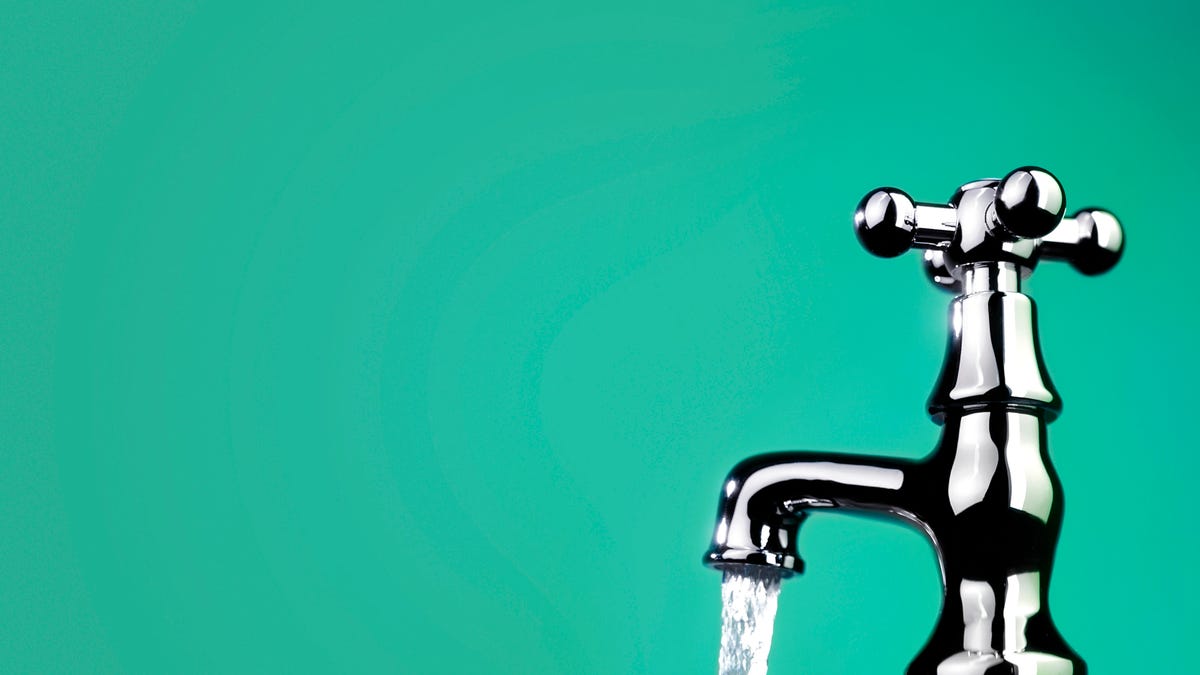Utility costs are really steep this time of year. Folks are cranking up their air conditioners to stay nice and cool, and those things are energy vampires. It’s no secret that cooling your whole house or apartment can put a serious dent in your wallet thanks to high energy costs, but summertime is also a time when water bills can spike too.
Just think, you’re probably taking more showers since merely stepping outside can cause intense sweating — not to mention how soaked you’ll be if you’re going for a jog or mowing the lawn. That means it’ll be important to conserve water usage where you can for some additional savings.
Between showers, sinks, toilets, dishwashers, washing machines and yard work, the average American household uses more than 300 gallons of water every day, according to the Environmental Protection Agency. Altogether, this equates to an average of $1,000 per year (or just over $83 a month) on water costs. Your typical bill might be lower or higher than this, depending on your location, water usage habits, water-saving tech and other factors.
Cutting back on your water usage is a smart way to slash monthly expenses this summer. You can always set your thermostat to the right temperature, turn off the lights and unplug appliances, but making sure to use less water when possible will provide another layer of energy savings. In this article, we’ll explain how to change your habits to conserve water and save money.
Search for water leaks around the house
If you’ve noticed you’re being charged more on your water bill each month (but haven’t changed your habits), a leak may be to blame.
Before changing your water consumption habits or investing in new appliances, it could be worth spending some time checking for leaks around the house. Puddles are the biggest sign that something isn’t right, although you might be able to catch a drip as well. Look for pools of water around your toilets, under sinks and the dishwasher, and around your washing machine.
If you spot any leakage or water spots, make sure to address the problem right away (whether that means fixing it yourself or calling a plumber) to prevent any more unnecessary costs on your water bill. You can also install smart leak sensors to help detect future water leaks.
Make your faucets more efficient
If you have older faucets, adding an aerator will make them more efficient, saving you water and money. Aerators are small, circular objects that screw on to your faucet head and infuse air into the water stream. As a result, the water is compacted and creates a more consistent stream — all while reducing water usage by 30%.
If you’re willing to take on a bigger DIY project, you can replace your old faucet with a new, WaterSense-certified faucet. These products are certified by the EPA and guaranteed to use at least 20% less water than older models.
Use less water every time you flush
In a typical home, toilets account for almost 30% of water consumption, factoring in only indoor appliances. There are several different ways to reduce the amount of water that your toilet uses, including switching to a low-flow toilet. According to the EPA, these water-efficient toilets can help your family save up to $140 per year.
But if you’re looking for a cheaper option, you can add a weighted plastic bottle to your toilet tank. The bottle will take up space in the tank that’s usually filled with water, so less water is wasted with each flush.
To do this, fill a half-gallon bottle with sand and place it inside the tank, making sure it sinks to the bottom. Replace the lid of the tank, and continue to use the toilet as you normally would.
Run your dishwasher (but wait until it’s full)
You may be surprised to learn that running your dishwasher is actually more water-efficient than handwashing the dishes — as long as you’re running a full load of plates and utensils. On top of that, if you have an Energy Star dishwasher, it can save up to 5,000 gallons of water each year when compared to washing dishes by hand.
If you have a newer dishwasher, you can skip prerinsing your dishes to save an extra 6,000 gallons of water per year. As long as you throw out the large pieces of food, most modern dishwashers can actually handle the rest, scrubbing your plates nice and clean.
Running your dishwasher is actually more energy-efficient than hand-washing dishes.
Switch up your shower habits
The typical American spends 8 minutes in the shower, which equates to 20 gallons of water per shower. If everyone in your household makes an attempt to take fewer or shorter showers, you could feasibly save hundreds of gallons of water each month.
You can save even more water on your showers by installing a water-efficient shower head. In fact, the EPA estimates that the average family can save $70 in annual water and energy costs by switching to a WaterSense-approved shower head.
Read more: Skip Taking a Bath and Save Big Money
Yes, little changes can make a big difference
As you’ve probably noticed by now, the best ways to save on your water bill involve using less water and switching to more efficient appliances. From installing a faucet aerator to shortening your showers, each of these small changes will help you become smarter about your water usage, which benefits your wallet and the planet.
Here Are 23 Ways to Save On Your Electric Bills Right Now
See all photos
More money-saving tips



